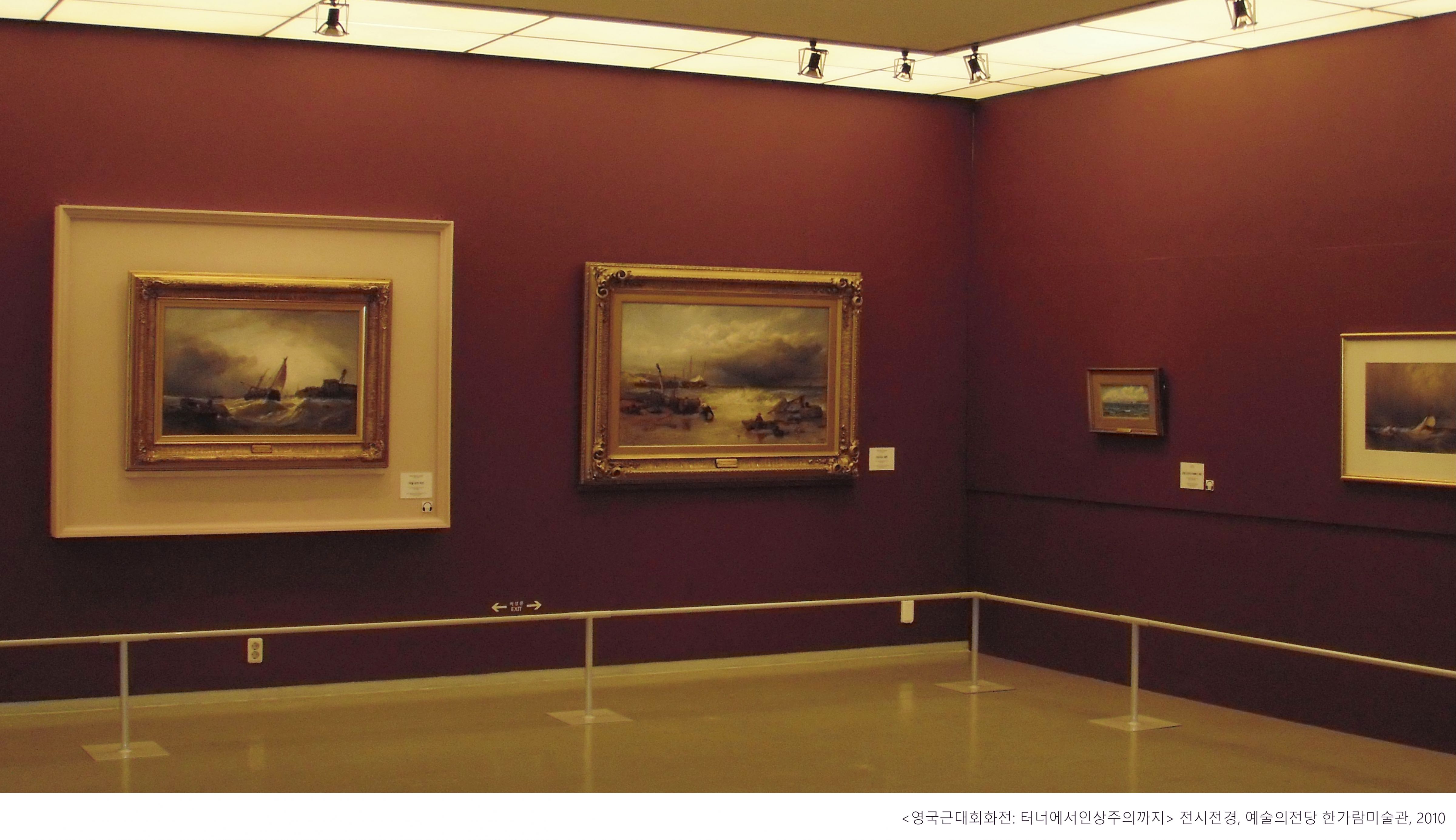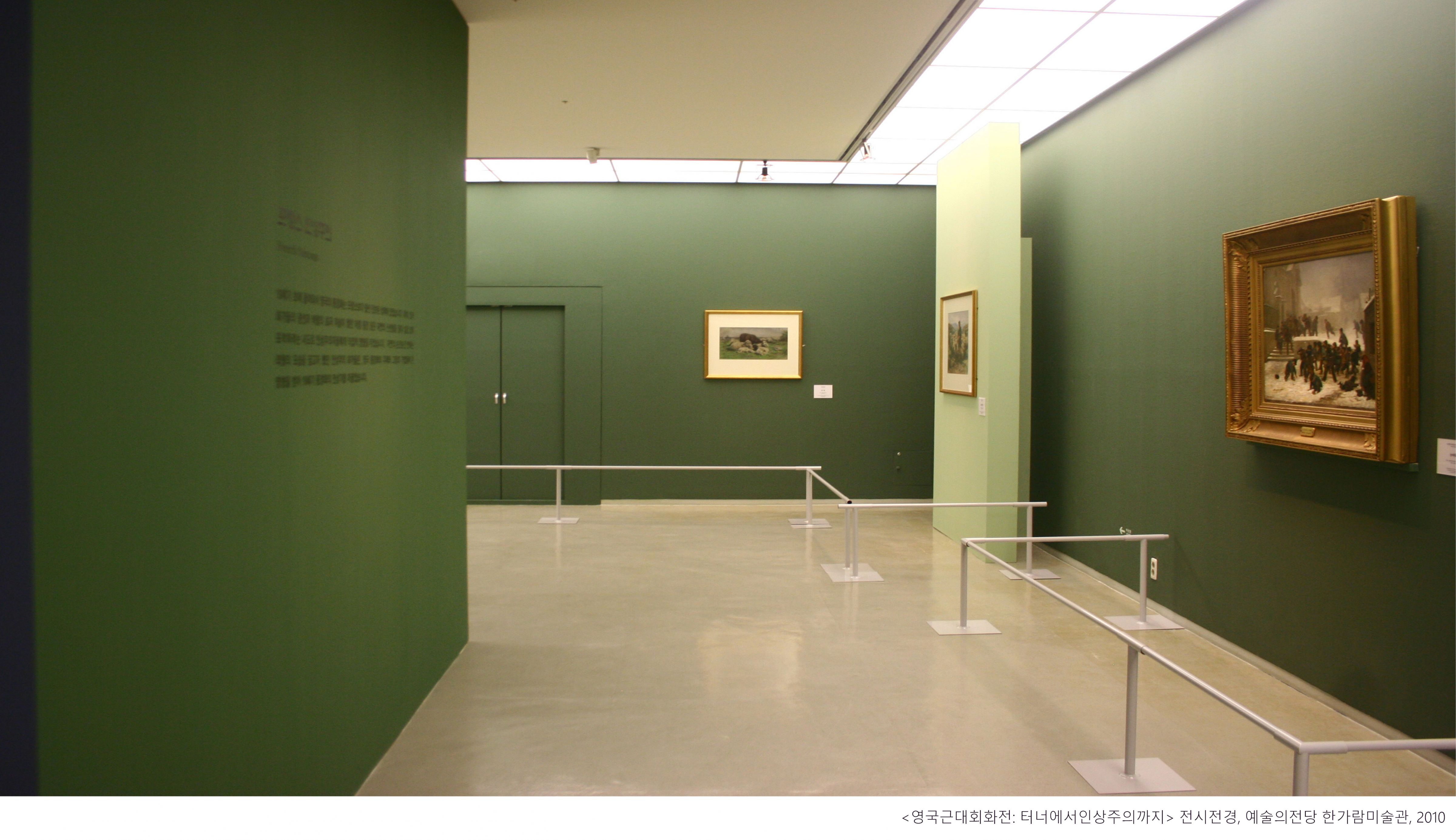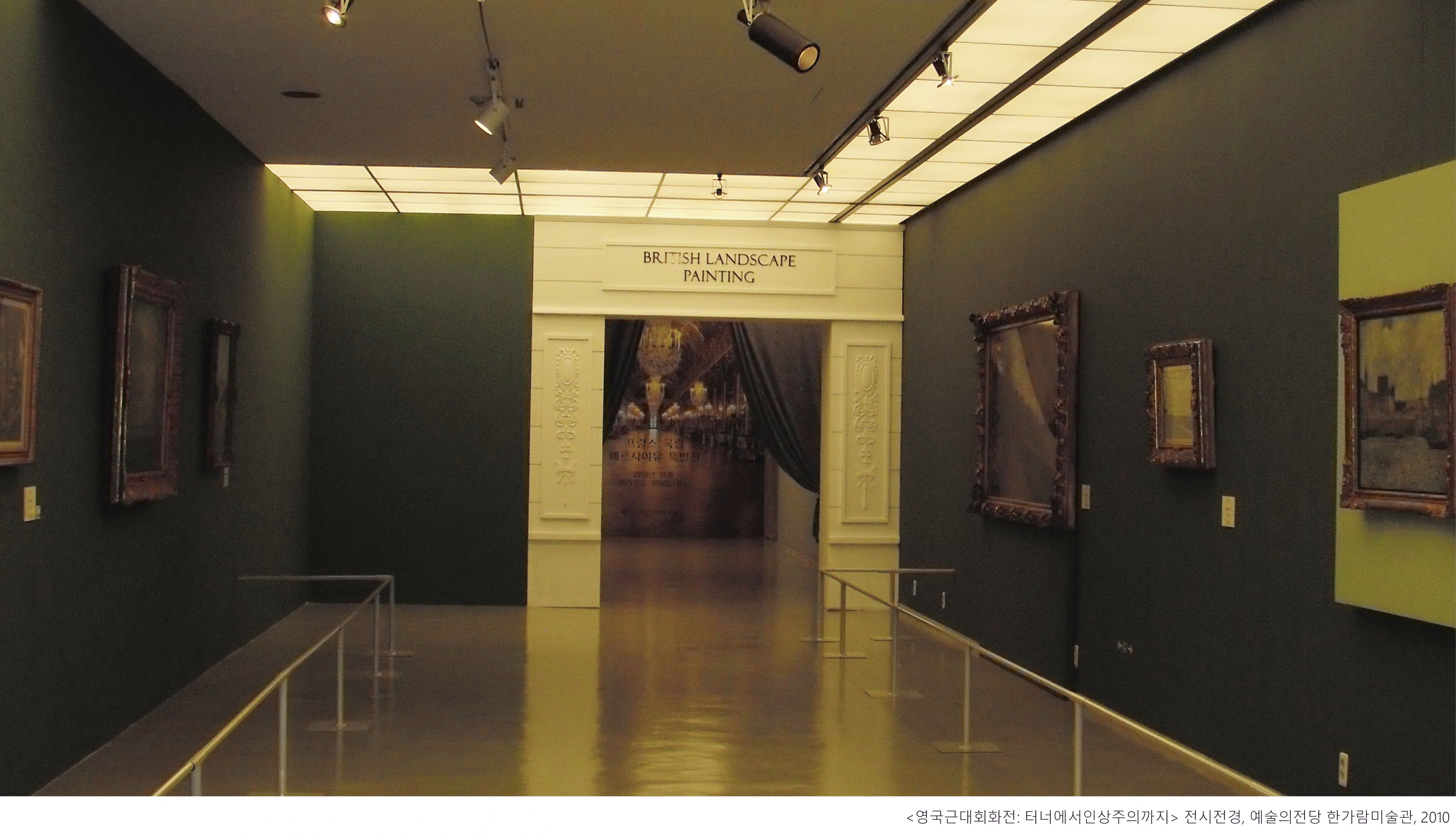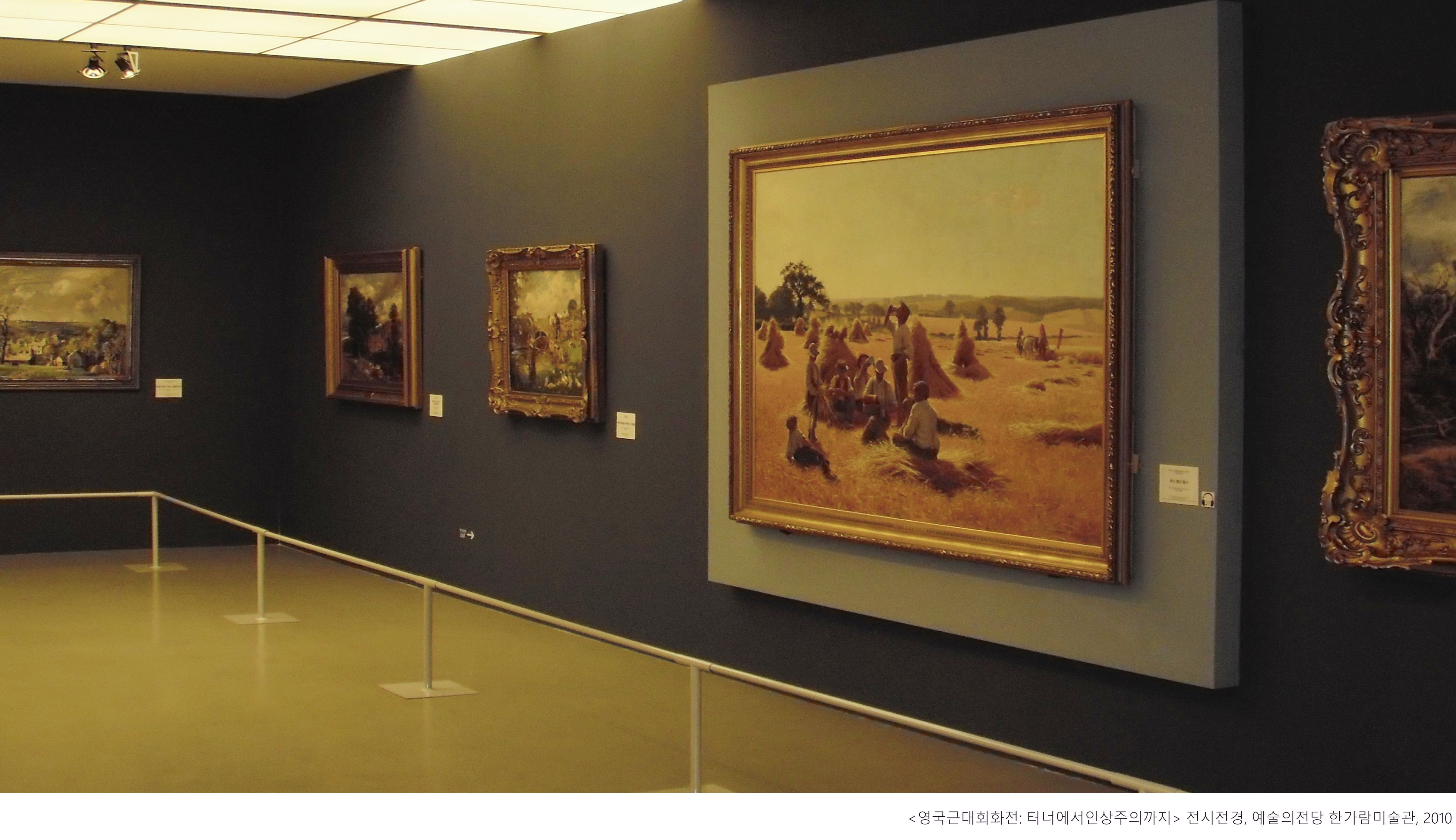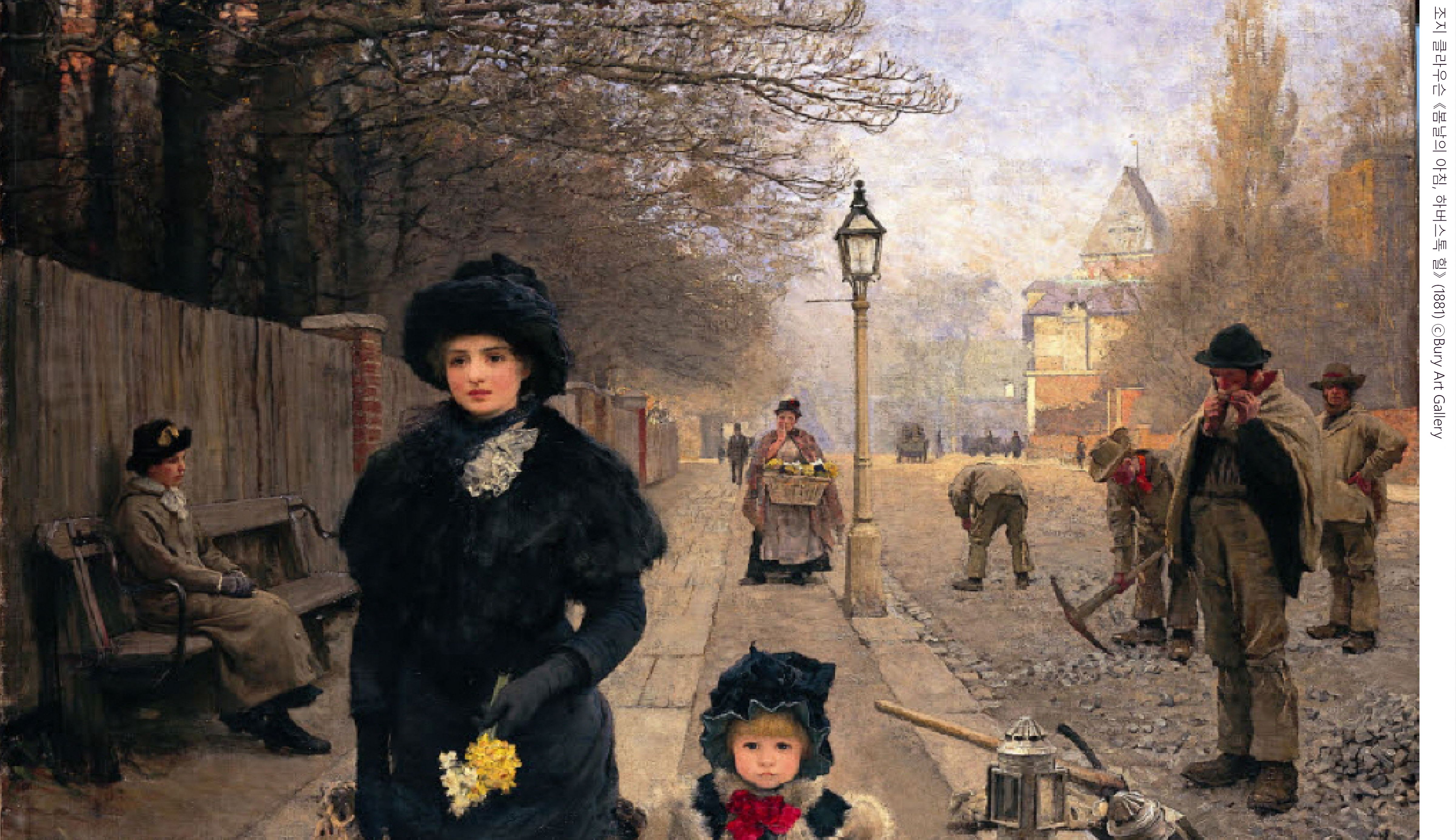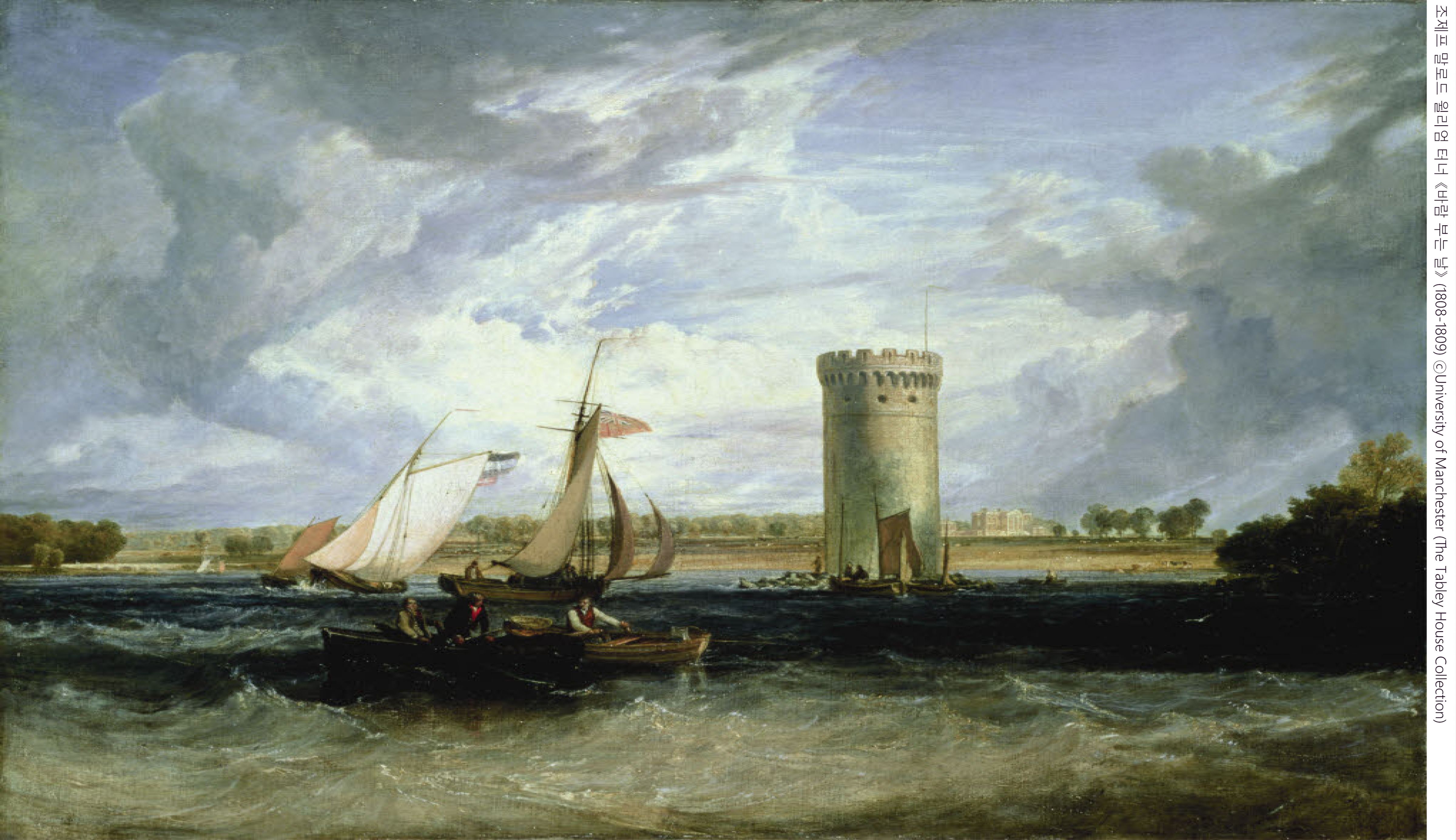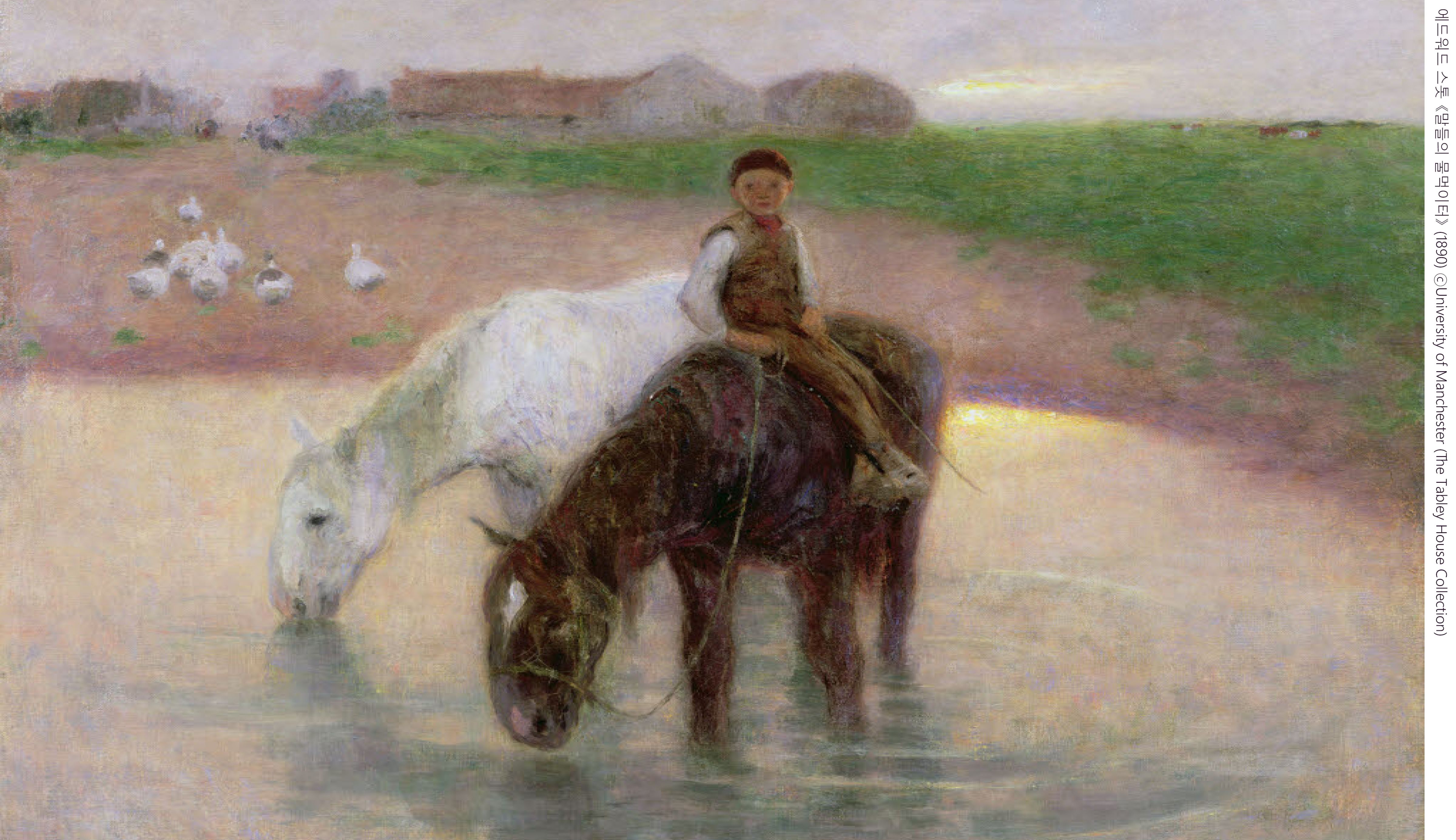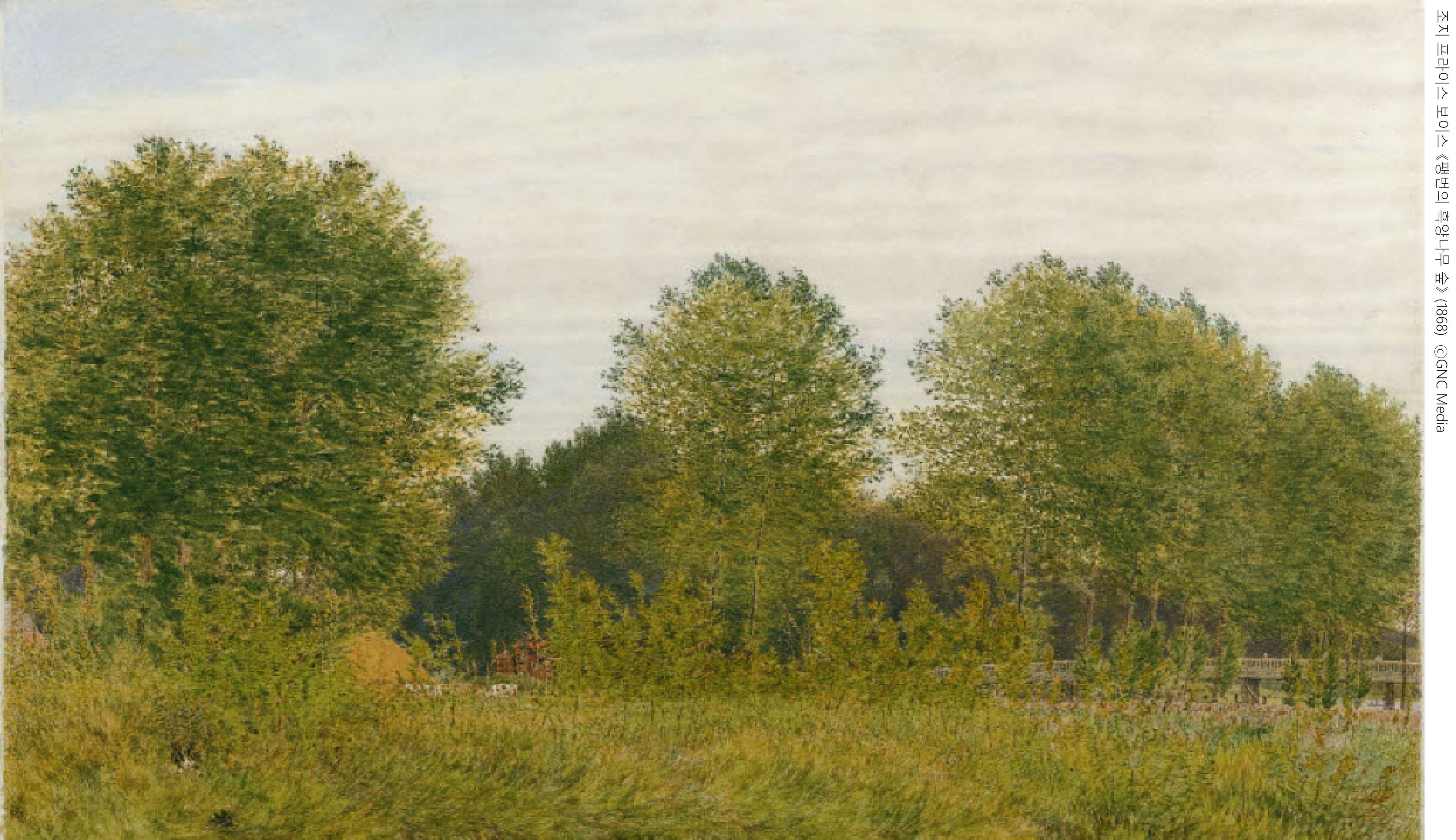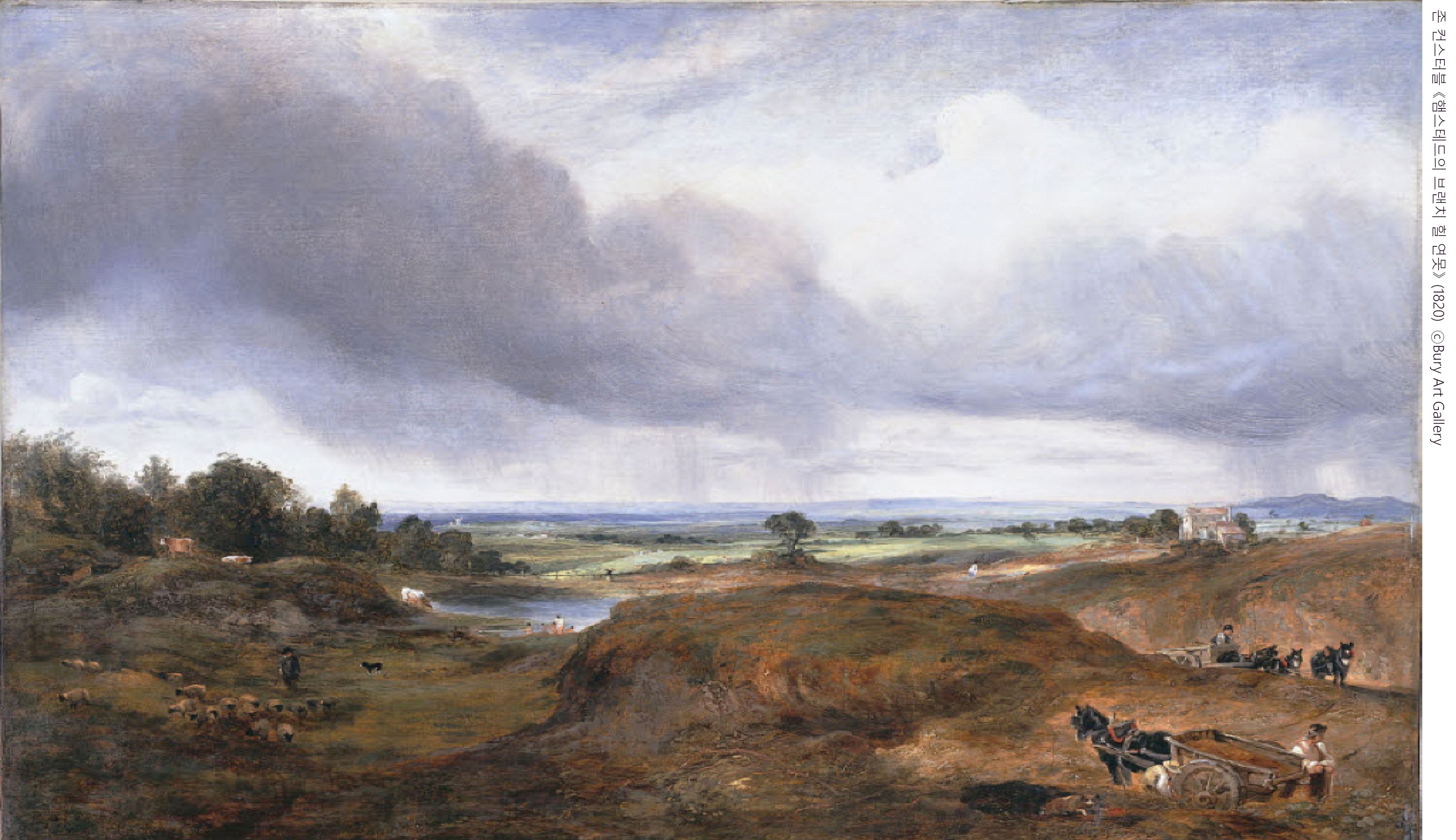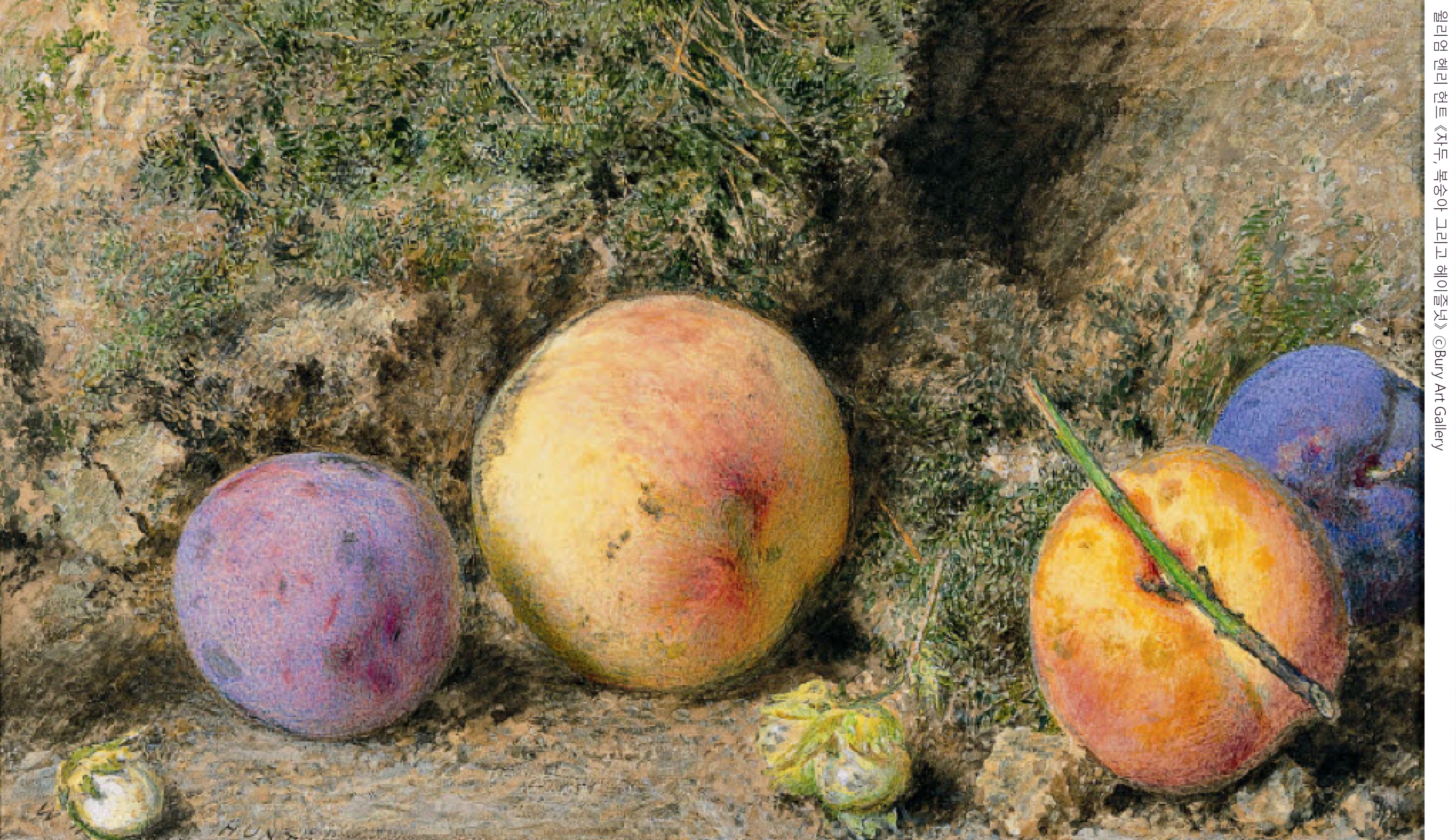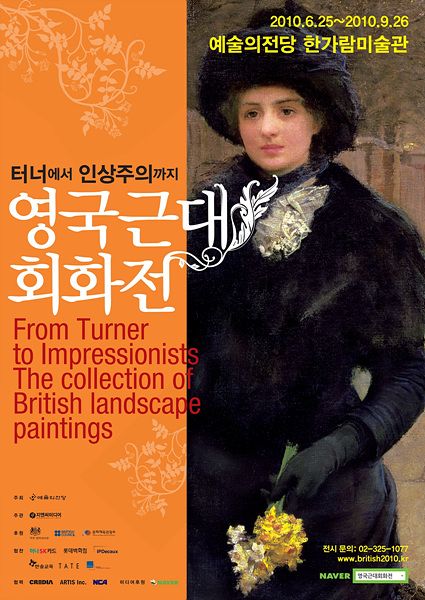From Turner to Impressionists
: The Collection of the British Landscape Paintings
Sep. 25. 2010 - Sep. 26.
Seoul Arts Center, Museum of Hangaram 5/6 Exhibition Room
The exhibition brings the British landscapes from the 18th-19th century, featuring about 110 modern paintings from the eight noteworthy museums in England. The highlights include the works by Turner, Constable, and other French impressionists.
The first exhibit in Korea to present the paintings
from the Romantic period of the 18th-19th century
J.M.W Turner and John Constable represent British Romanticism, and their landscapes inspired many of their contemporary artists such as Paul Gauguin, Pierre Bonnard, and Camille Pissarro. This exhibition presents 116 masterpieces of those artists in collaboration with 8 top museums in England: Manchester Art Gallery, Bury Art Gallery, Rochdale Art Gallery, Tabley House Collection (Manchester University), Gallery Oldham, the Blackburn Museum and Art Gallery, etc.
An academic exhibition that sheds light on the essence of Romanticism
In England during the 18th-19th century, the main economy stream was transformed rapidly from an agrarian society to an industrial society, and its consequence put many philosophers and artists into confusion. They gathered to ponder upon the conflicts from the economic change and initiated the Romanticism movement to find its pure meaning and to develop its application to art.
Content
-
Section 1. Pure landscape subjects and Nature
Tired and confused by the rapid changes in society from industrialization, people started to seek pure nature. For the painters, the landscape was a place of spiritual refuge and an object of meditation that would bring emotional succor and regeneration.
- Section 2. Marines, Rivers, Lakes, and Coastal subjects
- Section 3. Pastoral Scenery - landscapes with laborers and animals
- Section 4. Ordinary Landscapes
- Section 5. New Landscapes with Travellers and Architecture
- Section 6. French Impressionism - Active Cultural Exchange between England and France
Information
- Period
- Sep. 25. 2010 – Sep. 26. 2010
- Closed on every last Monday of each month
- Venue
- Seoul Arts Center Hangaram Art Museum
- Main Artists
- J.M.W Turner, John Constable, Paul Gauguin, Pierre Bonnard, Camille Pissarro, etc
- Total Number of Works
- 116 pieces
- 116 pieces
- Hosts
- SBS, Seoul Arts Center
- Organizer
- GNC Media
- Sponsors
- Hana SK Card, Lotte Department Store, IP Decaux, Hansol Education, TATE, Novotel Ambassador Gangnam
- Cooperation
- CREDIA, Artis Inc., NCA
- Supports
- British Embassy Seoul, Ministry of Culture, Sports and Tourism
- Media Support
- Naver
